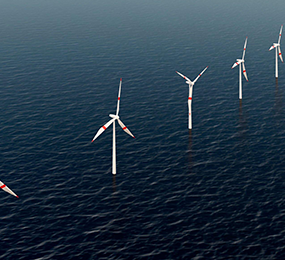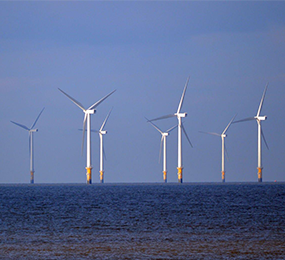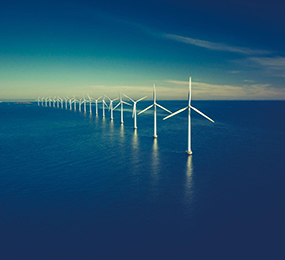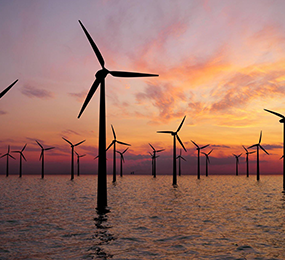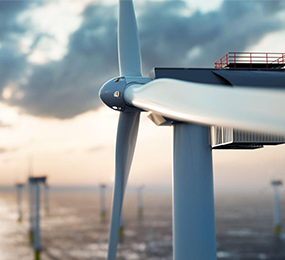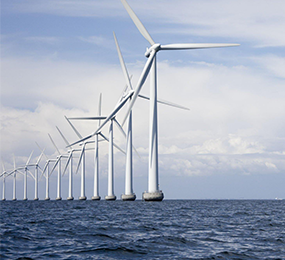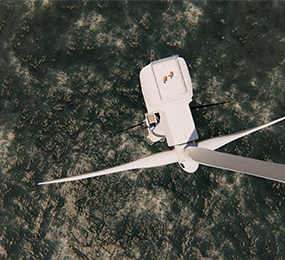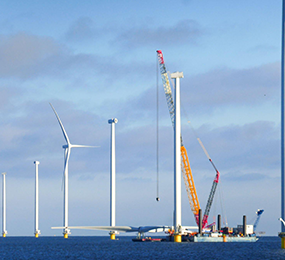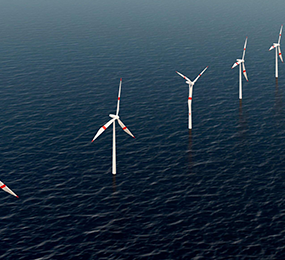Floating offshore wind energy is poised to play an increasingly vital role in the global energy transition. Beyond its current successes, the future of this technology holds immense promise, driven by ongoing innovation and a growing understanding of its potential.
Technological Advancements:
- Enhanced Turbine Design: Continued advancements in turbine design, including larger rotor diameters, lighter materials, and improved aerodynamics, will significantly increase energy capture and reduce the levelized cost of energy (LCOE).
- Advanced Materials: The development of novel materials, such as high-strength composites and corrosion-resistant alloys, will enhance the durability and longevity of floating platforms and mooring systems, reducing maintenance costs and extending operational lifespans.
- Digitalization: The integration of digital technologies, including artificial intelligence (AI) and machine learning, will optimize operations, improve maintenance, and enhance grid integration. Predictive maintenance, real-time data analysis, and digital twins will play a crucial role in maximizing energy output and minimizing downtime.
Emerging Applications:
- Green Hydrogen Production: Floating wind farms can power electrolyzers to produce green hydrogen, a clean and versatile energy carrier with applications in transportation, industry, and energy storage.
- Ocean Co-use: Integrating floating wind farms with other marine activities, such as aquaculture, wave energy conversion, and carbon capture and storage, can maximize the use of ocean space and create synergistic benefits.
- Offshore Energy Hubs: The concept of offshore energy hubs, where floating wind farms are integrated with other renewable energy sources, energy storage, and grid infrastructure, is gaining traction. These hubs can become vital centers for clean energy production and distribution.
Addressing Challenges:
- Cost Reduction: Continued efforts to reduce the LCOE of floating wind energy are crucial for widespread deployment. This will require ongoing innovation, economies of scale, and streamlined permitting processes.
- Grid Integration: Integrating large-scale floating wind farms into existing electricity grids will require significant upgrades and advancements in grid infrastructure, including high-voltage direct current (HVDC) transmission and grid modernization technologies.
- Environmental Impact: Minimizing environmental impact and ensuring the long-term sustainability of floating wind farms remains paramount. Continued research and development are needed to address potential impacts on marine ecosystems and to develop environmentally friendly decommissioning strategies.
The future of floating offshore wind energy is bright. With continued investment in research and development, technological advancements, and strategic policy support, this technology has the potential to unlock vast renewable energy resources, contribute significantly to decarbonization efforts, and play a crucial role in shaping a sustainable energy future for generations to come.
To register or learn more about the Forum please check here: https://www.leadventgrp.com/events/5th-annual-floating-wind-europe/details
For more information and group participation, contact us: [email protected]


